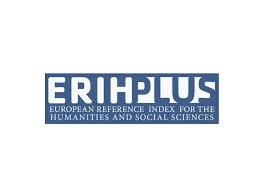Teaching English for Professional and Specialized Purposes (ESP)
DOI:
https://doi.org/10.47750/Keywords:
English Language Teaching, English for Specific PurposesAbstract
This article explores the respective roles of instructors and learners in the context of English for Specific Purposes (ESP) instruction, alongside an overview of ESP course design within the context of English Language Teaching (ELT). It also addresses various challenges encountered in ESP instruction, including those related to the teacher, the student, the learning environment, and other factors. ESP in ELT pertains to the particular English language needs of the target learners or students.
It outlines the instruction of a specific English genre aimed at students with clearly defined objectives, centred on the teaching and learning of English. ESP is designed and developed through an assessment of the purposes, needs, and activities for which English is necessary. Among the teacher’s objectives are organizing the course, setting learning goals, fostering a supportive learning environment, and evaluating students' development.
Learners are distinguished by specific learning interests, subject knowledge, and well-developed learning strategies. In the implementation of ELT, several challenges arise, particularly for teachers in teaching ESP, including poor-quality lectures and textbooks, inadequate qualifications and teaching methods, and the absence of a solid theoretical framework for teaching ESP. Challenges related to students include demographic factors and the demands of learning ESP, English proficiency, language differences, limited vocabulary, reliance on dictionaries, and a lack of skills in using dictionaries, particularly for ESP terminology. Environmental challenges and other issues involve a shortage of teaching materials, overcrowded classrooms, and an overemphasis on examinations








